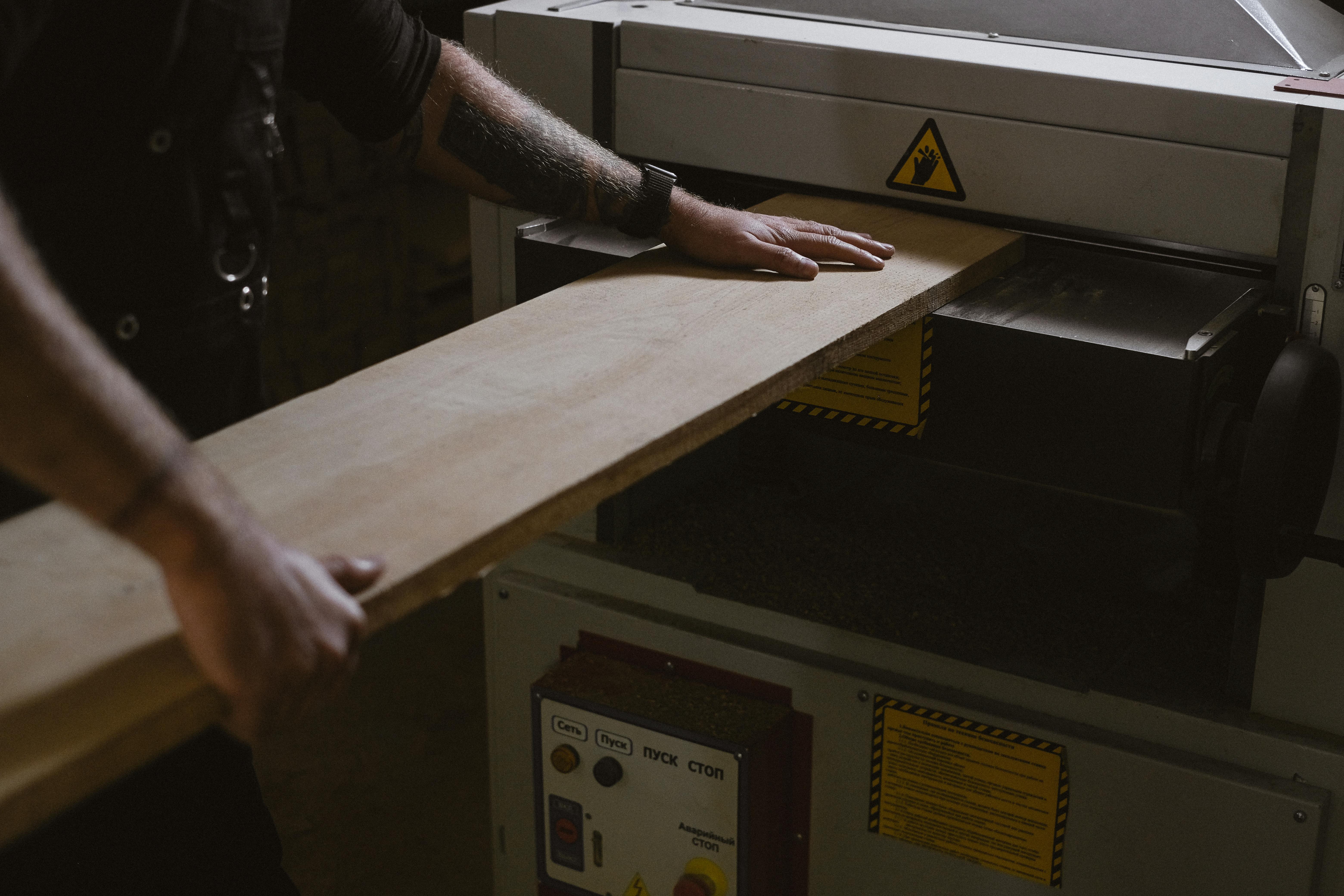Some readers of this article may find it too provocative, but it needs to be said. After spending 30 years building model ships and twelve years selling wooden and radio controlled model ships to enthusiastic hobbyists, I find that there are some frustrations that never go away in the model ship building industry.
Let’s be honest; The model ship building business operates as a niche industry. However, wooden and radio-controlled ship models are, for hobby enthusiasts, a very important hobby. Rich in history, technical challenges, and an art form and legacy; modeling ships is a very rewarding hobby. The model ship market, by its very nature, caters to a very small group of like-minded individuals with a particular passion for creating a unique work of art. It is characterized by higher prices, limited availability, and limited manufacturer model options. And those kits rely heavily on our skills and innovations as builders to complete a historically accurate ship model to be proud of.
Let’s take a closer look at the manufacturing and distribution chain.
MANUFACTURERS of model ships and accessories often temporarily remove popular model ships from the market, redesign them, and then offer them again. What reasons would a manufacturer have for doing this? Have you ever considered any of these possibilities for the removal of the ship model from the manufacturing chain? 1. Improve the overall quality of the kit? 2. Do you respond to customer feedback about building difficulties on a particular ship model? 3. Reduce manufacturing costs? 4. Relocate manufacturing facility? 5. Add additional features? 6. Improve the plans, drawings or instructions? While kits can be removed for any of the above reasons; Model ship manufacturers face the same economic realities as other types of industry. Often it is the end result that has to register most strongly with a manufacturing company. Put in stronger terms, the reason is to increase profit margins, aka we need to “make more money”!
Don’t get me wrong; To stay in business, all manufacturers have to make a fair profit. Most model ship manufacturers offer a good quality product at a reasonable price. They need to put a little more consideration into the needs of the builders. This would certainly help grow the hobby and its market share.
Another frustration for builders is manufacturers who still only offer die-cut parts on their ship models. Die-cut parts tend to become less precise with the larger number of parts produced and are often difficult to work with. Getting a fin die-cut from a piece of 1/8″ thick basswood without losing any major curves can sometimes be enough to drive a builder to shut down shop for the night. Listen to kit makers; if you’re going to be in business, so do yourself and your customers a huge favor and get some laser cutting machinery, or keep thinking and investigate the possibilities of a 3D printer.
Then there are the manufacturers that give you materials that are almost impossible for the average model ship builder to work with. For example, some kits provide a cable that will become chain assembly parts. This is a surefire way to turn off a novice builder. Turn off the builders and watch the niche market we occupy get even smaller, my friends.
The reason DEALERS exist is to represent and consolidate the products of numerous manufacturers under one roof, providing inventory, warranty and technical support, often in a different country or continent than the manufacturer. This addition to the supply chain should allow smaller retailers to improve their competitiveness.
One frustration in this system, with the current emphasis on Internet sales, is the distributor competing with the retailers they are supposed to support. This can lead to reduced supply, higher prices, and an unfair market (for the consumer).
And while the global marketplace has allowed us all to shorten the delivery cycle and become more price conscious and savvy, it has also become a thorn in the side of the retailer, particularly the small business. As we continue to move inventories out of brick and mortar buildings and into the ‘cloud’, retailers have seen North American stock levels drop to much lower levels. Cost concerns have led manufacturers to look to manufacturing in countries with lower wage levels, fewer health benefits and longer work hours. Unfortunately, these moves have also provided barriers to effective and efficient information on product availability and longer lead times in some cases.
To address product availability, longer delivery times, higher shipping costs, and extremely price-conscious retailers (as an extension of their customers), distributors have been taking steps to improve their ability to provide products. profitable. Sometimes, in a smaller market (such as Canada), this can mean a limited supply of products in the warehouse, a longer order cycle, and longer shipping times to take advantage of lower cost transportation systems.
And we retailers aren’t all saints either.
Certain RETAILERS have been known to dramatically increase their list prices and then offer fabulous sales, advertising at 60% or more off MSRP. I know a 60% savings sign appeals to me! I also know to be aware of the ‘real’ regular price, what other retailers are offering for the same item, and how service differs between retailers. The net effect of this illusion is an inflated advertised discount that should leave end-users (YOU) with a bad taste in their mouths and a determination to avoid retailers trying to cheat you.
Ahh, Internet! A tool so wonderful that it has opened up supply chains never seen before. It offers the consumer the opportunity to browse without leaving the comfort of their living room. But what about the rural consumer, the kind who can’t get high-speed service? Or the consumer who has no internet access at all? Or the customer who wants to touch and navigate? These customers are often overlooked in our rush to go digital.
There are many retailers of flying wooden and radio controlled model ships out there. They don’t have printed catalogs for customers, they don’t stock in-house, they aren’t willing to send samples, and they don’t accept returns without expensive restocking and handling fees. And worst of all: minimal shipping costs that do not reflect the actual cost of shipping the products you order. Many of them offer poor customer service, only communicate via email, make no guarantees on the products they sell, offer no customer follow-up service, and rarely find an experienced retailer on staff to answer. to the technical questions of wooden model ship enthusiasts. . If you don’t have a computer or aren’t comfortable using this technology, you might have a hard time finding what you need to be able to enjoy the great hobby of model ship building.
Now, suppose you get someone from the hobby store to call you on the phone. Who are you talking to? Could you be a model ship builder, a long-term full-time employee who understands the world of model ship hobbies, a small business owner, a part-time student? Chances are, you’re talking to a part-time employee or small business owner, and while owners and employees have a vested interest in your business, they don’t always have the experience to address your concerns or the ability to provide a custom ship model. and search services for parts and accessories. Sometimes they can’t even get replacement parts from the manufacturers for you (see information on manufacturers and distributors above)! The hobby market has changed in recent years and most hobby businesses are geared towards the general consumer. In other words, your focus is elsewhere and that is because model boat sales, accessories, parts and accessories are a very small part of your overall business.
Look for a retailer that provides products at a fair price, has both a digital and print presence, is a boat modeler, and is passionate about the hobby. You want to deal with a company that has a track record in business and responds to your phone calls and emails in a timely manner; a company that has more than one product line from a single manufacturer, a broader distribution network, and a focus on building model ships. When you find a company like that, don’t lose your contact information!



